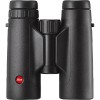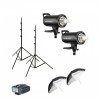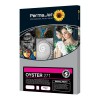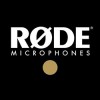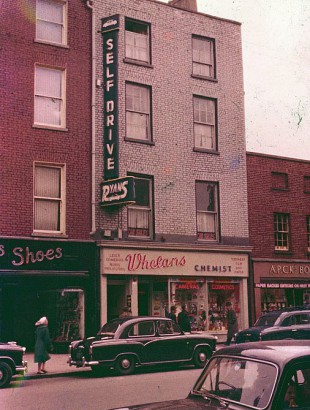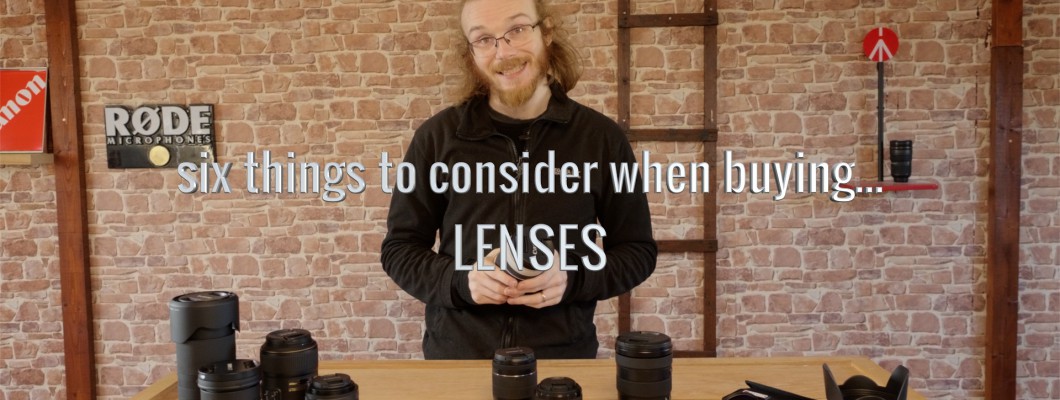
The number one thing to consider when buying a Lens is do you need Zooms or Primes?
Prime lenses are also known as “Fixed” focal lengths, whereas Zoom lenses are “Variable” focal lengths. Zoom lenses allow you to get a closer or wider field of view, whereas Prime lenses are stuck in the one position the whole time. Although Zoom lenses are more convenient, they tend to suffer in terms of optics and aperture. Prime lenses use less glass, which means your final image can often be sharper, suffer less in terms of flare and fringing, and it makes each lens smaller and lighter, too. The other big benefit of using a Prime lens is the ability for wider apertures. Zoom lenses often top out at a maximum of 2.8, but prime lenses are often 1.8, 1.4, sometimes 1.2 and even as bright as 0.95 in some of the most extreme lenses.
None of this comes cheap, however, which brings us to point number two: Cost.
I often recommend a Nifty Fifty for any photographer or videographer starting out, as they are bright lenses with a good field of view that usually don’t cost an arm and a leg. Get yourself a 50mm f1.8 and see how you get on. I like to pair that with a 24-100mm f4 – not the brightest or fastest lens on the market, but definitely one of the most convenient. Obviously, if you compare a 200 euro lens to a 2,000 euro lens, you’re not going to get equal results. But there’s a lot to be said for some of the cheaper lenses, you just have to make sure you’re not buying something suspiciously cheap. And don’t forget about third party lenses; you can get good deals on quirky lenses that are often just as good. Tamron and other manufacturers have a full range of primes and zooms, which are often an excellent choice for someone looking to keep the budget down but the quality high.
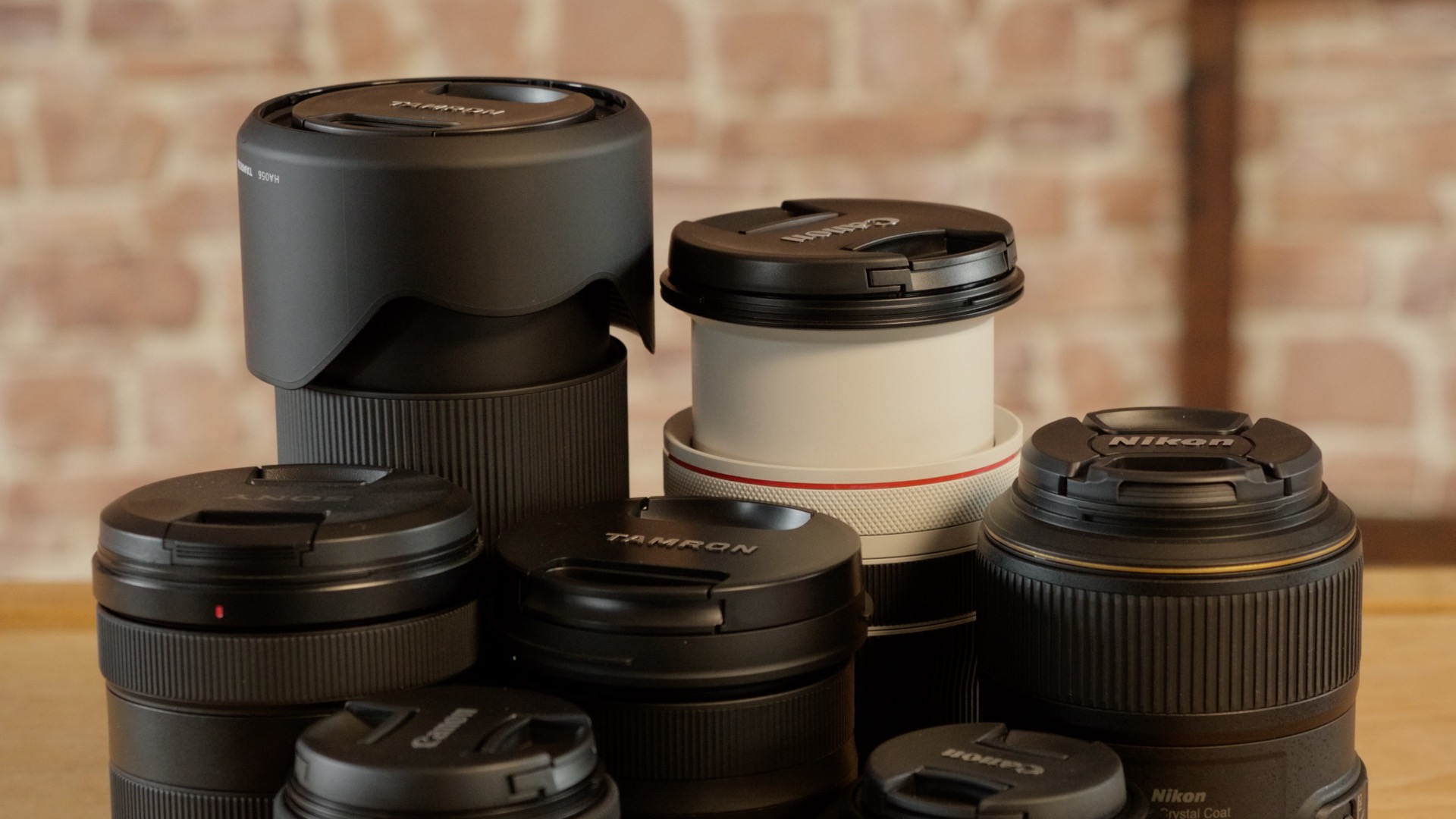
Of course there are plenty of expensive options to choose from, too, and if you really need a 0.95 lens then absolutely go for it. But usually , those kinds of lenses are there for a reason, which brings me to my next point: What is it for?
I love a good lens as much as the next guy, but it’s easy to get carried away and think you have to collect them all. In truth, most lenses are there for a specific reason. Do you like astrophotography? Well, there’s a super wide super bright lens for that. Do you like architectural work? Try a tilt shift lens. Need a bright, fast lens for events and weddings? Yep, there’s a powerful zoom just for you. Each lens serves a specific purpose, so if you’re not massively into Macro work then don’t get too caught up thinking you need a macro lens just because. Get what you need, when you need it.
One thing you really do need to think about however is: Lens Mount.
This one might seem a little too straightforward, but it can happen to the best of us. You spend hours researching the best lenses to buy and finally settle on a lovely lens that absolutely will not work on your camera. Some mounts, like the micro four thirds, will take a good variety of lenses. But they often don’t work with the autofocus. So be careful, even if a lens does fit your mount, it might not work the way you thought it would. Make sure you understand your camera system before spending money on a lens that isn’t going to fit.
If however you are torn between two lenses, it’s definitely worth considering my next point: Weather Sealing.
Weather sealing is something that will always push the price of a lens up, but will also make it very attractive to any photographer. Here in limerick, I find weather sealing a priority for my lenses, as I don’t like worrying about my gear when a sudden blast of rain comes along. That said, if you keep a bag handy or you primarily work in doors, then weather sealing isn’t something you need to worry about much. It’s definitely something I recommend in a lot of lenses, but it’s not a total necessity.

My last point to consider also isn’t a total necessity, but it’s good to keep an eye on, and that’s: Accessories
Almost all lenses come with a lens thread right at the top. This is useful for attaching accessories like UV, polarising, and ND Filters. If you want me to cover filters in more depth, drop a comment below and I’ll be sure to do one. Each lens thread can vary from the really tiny to the very large. If you already have filters for a lens, check and see will they work with your new lens, or will you need to adapt them. It’s also good to think about other lens accessories, if you don’t have them, such as cleaning kits and lens hoods. Kits are great to have on you in a pinch, and lens hoods reduce flare from side lighting, so make sure you’re kitted out when you take that lens out for spin.
So there you go guys, the six things you need to consider when buying a lens. I hope that was useful to you and that you learned something. Get in touch if you have any questions and we’ll help you find the right lens for you.




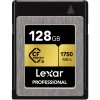
-100x100.jpg)
-100x100.jpg)



